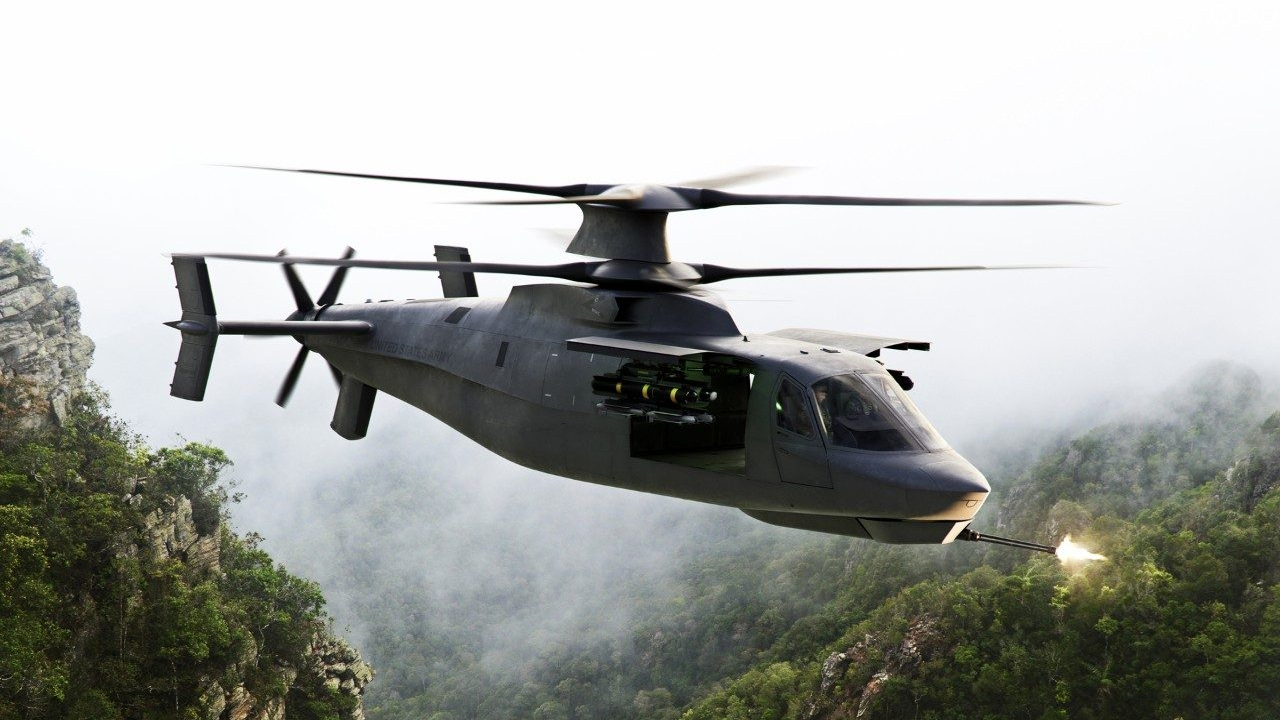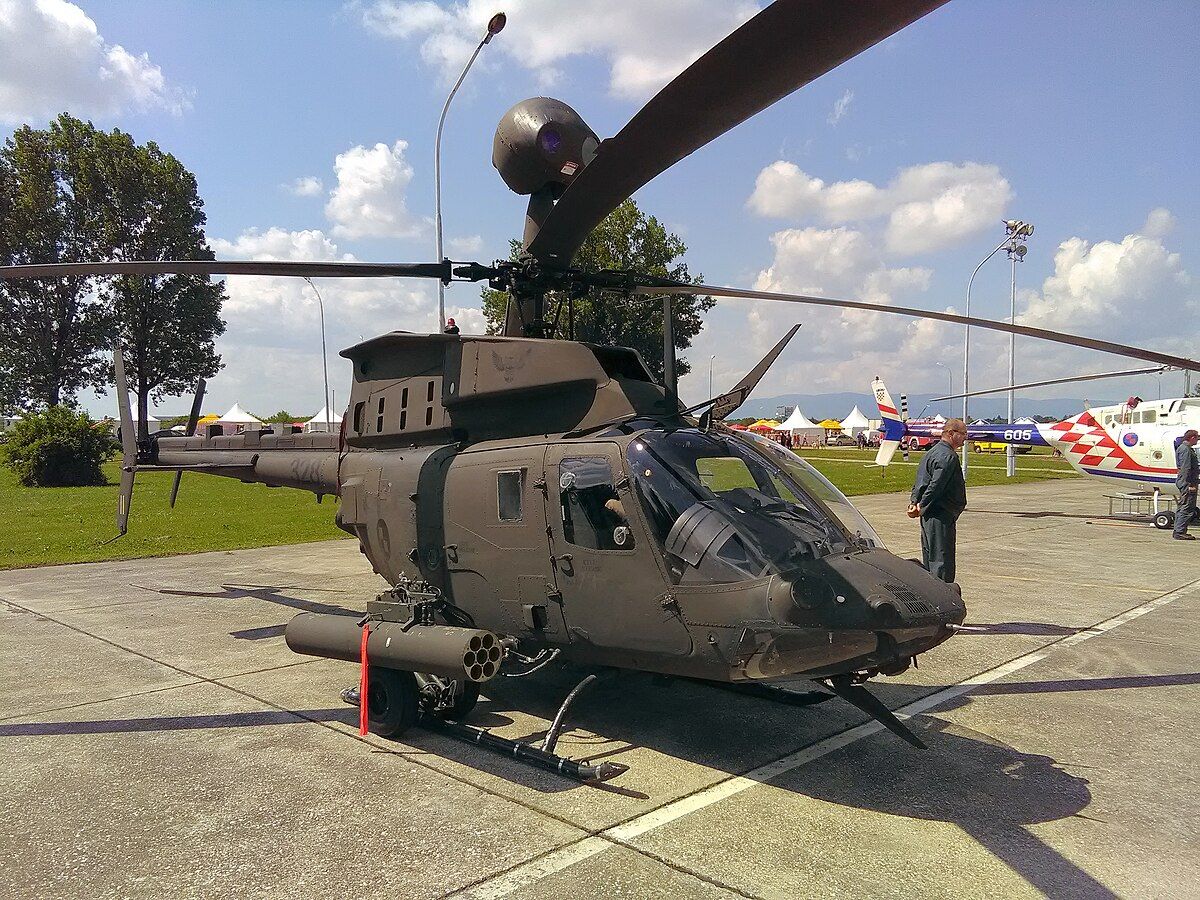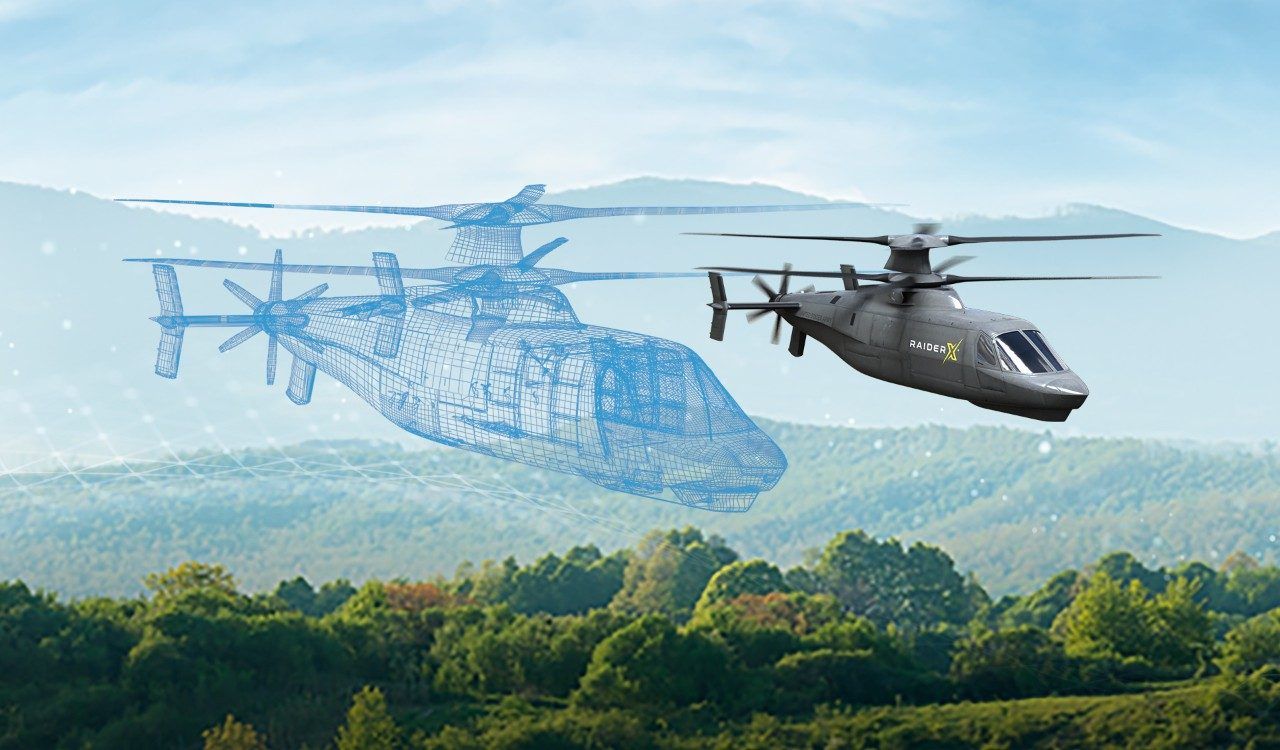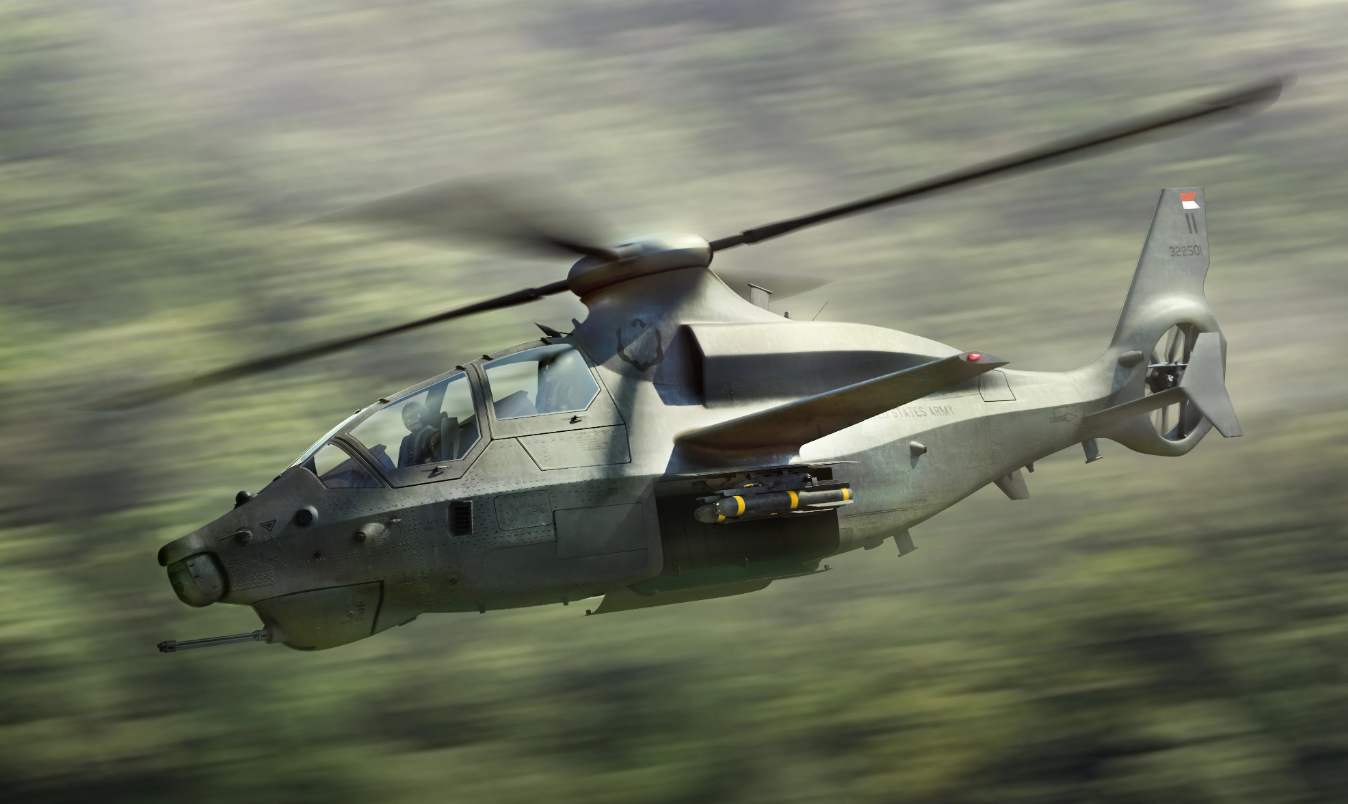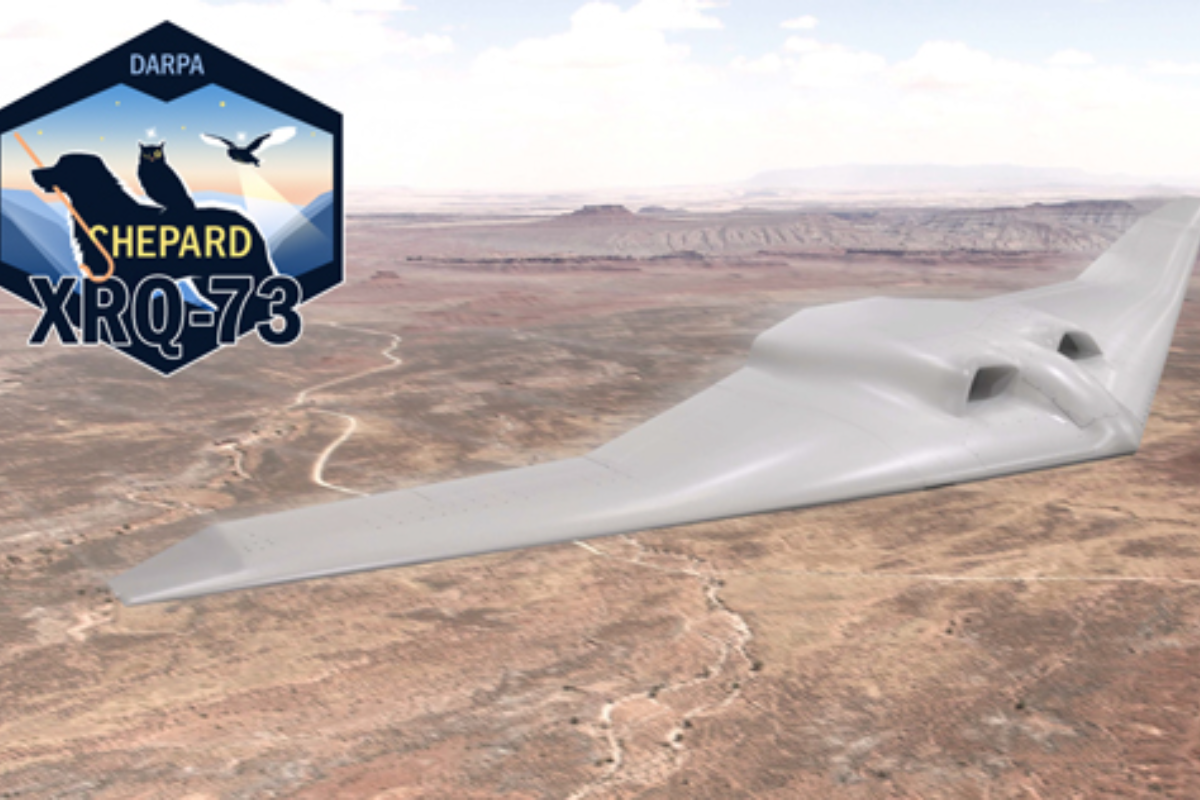Summary
- $2 billion spent on FARA, was canceled, aircraft would’ve succeeded Kiowa
- Future funding redirected to Black Hawks, recon drones after helicopter project cancellation
- Future of armed reconnaissance focused on drones over manned helicopters
In February 2024, the Future Attack Reconnaissance Aircraft (FARA) was added to the US Department of Defense’s impressive list of expensive canceled projects. FARA was an Army program was was part of the Future Vertical Lift program and was meant to develop a successor to the retired Vietnam-era Bell OH-58 Kiowa scout helicopter. FARA’s cancelation is 20 years after the famous cancelation of the Boeing–Sikorsky RAH-66 Comanche stealth helicopter that never was.
Another expensive cancelation
Amy has spent at least $2 billion on the phantom copter. Prototypes from Bell Textron and Lockheed Martin’s Sikorsky were expected to fly later in 2024. Prior to the cancellation, the Army had requested another $5 billion for it over the next five years.
FARA was an attempt to address the Army’s largest mission gap—armed reconnaissance—created after the retirement of the OH-58 Kiowa. As the OH-58 was retired without replacement, the Army was forced to rely on other systems not as well suited to the role. Defense News states, “The service has relied on the more expensive AH-64E Apache attack helicopter paired with the Shadow unmanned aircraft system.”
|
Future Attack Reconnaissance Aircraft (FARA) |
|
|---|---|
|
Finalists: |
Bell 360 Invictus & Sikorsky Raider X |
|
Role: |
Utility and Scout/Attack Helicopter |
|
Number built: |
none completed |
|
Canceled: |
February 2024 |
|
Cost: |
$2 billion |
The helicopter had been planned to provide a much-needed armed scout solution. Defense News said, “The helicopter program arrived in 2018 with lofty expectations. Army leaders hoped it would serve as a model for new acquisition approaches for its most complex and expensive weapon systems.”
The cancelation was part of a much larger shake-up in Army helicopter planning and procurement. This will free up funds that can then be spent on Black Hawks, CH-47F Chinooks, and Future Long-Range Assault Aircraft, as well as R&D to accelerate the development of recon drones. Additionally, the Army will divest all its 575 Shadow and 19,000 Raven drones. The Raven is now an aging system that is considered to have lost its effectiveness in a near-peer conflict.
This is not the first time the Army has canceled its armed scout project. Famously, it canceled its Comanche helicopter program in 2004 after spending $9 billion and producing two prototypes. A few years later, it also canceled its Armed Reconnaissance Helicopter.
Sometimes, it may seem that the US is particularly prone to expensive military projects just being canceled. But that is largely because of a number of biased factors, including the US having the most R&D projects, spending the most money, information being freely available in English, a greater interest in American affairs, and increased government transparency. It’s anyone’s guess how many projects are canceled and how much was spent in secretive countries like Russia and China.

Related
Top 5: The World’s Largest Military Helicopters
An overview of some of the most impressive helicopters still being produced today.
The Bell & Sikosky prototypes
The two helicopters selected as the finalists were the Bell 360 Invictus and Sikorsky Raider X. They were selected in March 2020 and greenlit to develop flying prototypes. While production on the prototypes had began before the cancelation, it seems they never flew.
Photo: Lockheed Martin
“Sikorsky, a Lockheed Martin company, introduces RAIDER X, its concept for a fast, agile, survivable compound coaxial helicopter that will equip future aviators to address evolving peer and near-peer threats in the most difficult environments.” – Lockheed Martin
The Sikorsky design was an eye-catching co-axial helicopter. Lockheed claimed it would have highly responsive maneuverability, off-axis hover, enhanced low-speed hover, and level acceleration and breaking. Bell claimed their design combines sustainability and reach.
“Companion to the Bell 360 Invictus, the Bell V-280 Valor is the long-range aircraft leader for the U.S. Army’s Future Vertical Lift program, exceeding all requirements and expectations. Together, these two systems combine mission-critical lethality, sustainability and reach.” – Bell
Photo: Bell
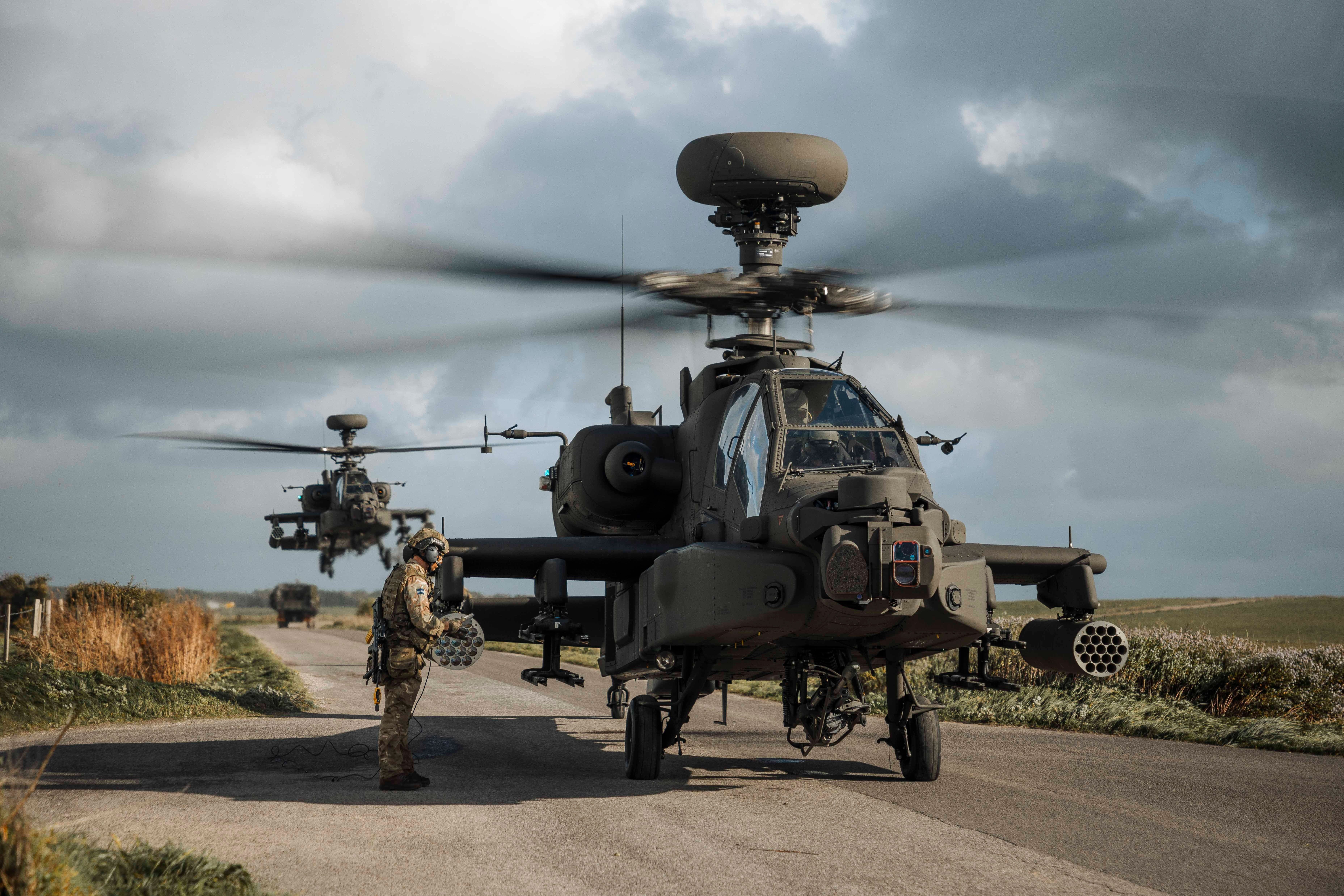
Related
What Are The World’s Most Expensive Military Helicopters?
Military helicopters can cost anywhere from $30 million to nearly a billion.
A white elephant
Developing military equipment and systems is often a long and complicated affair. It also necessitates planners to forecast how future wars will be fought. However, predicting the future is often a fool’s errand, and real-life developments often overtake projects to make them obsolete, redundant, or insufficient before they are even completed. When the Army announced it was canceling FARA, it stated it was because developments in modern warfare had already rendered it unnecessary.
|
Bell V-280 Valor |
|
|---|---|
|
Role: |
Assault/utility tiltrotor |
|
Status: |
in development/testing |
|
First flight: |
December 2017 |
|
Introduction: |
2031 (planned) |
|
Cruise speed: |
320 mph |
|
Powerplant: |
2 × Rolls-Royce AE 1107F turboshaft engines |
Photo: DARPA
As technology has changed, the Army will now no longer look to develop a manned helicopter for the armed reconnaissance role but will use drones and sensors instead. Army Chief of Staff Randy George stated that the war in Ukraine has demonstrated “that aerial reconnaissance has fundamentally changed.”
“Sensors and weapons mounted on a variety of unmanned systems and in space are more ubiquitous, further reaching, and more inexpensive than ever before.” Army Chief of Staff Randy George
Future recon drones need to be capable of surviving contested airspace and relevant in peer-on-peer conflicts. The US is known to operate and develop a number of stealthy and secretive drones. Some drones, like the Air Force’s RQ-180 and RQ-170 drones, are known to exist, but there are no publicly available images of them. Separately, the Air Force has recently released an image of the new DARPA XRQ-73 recon drone in development.

